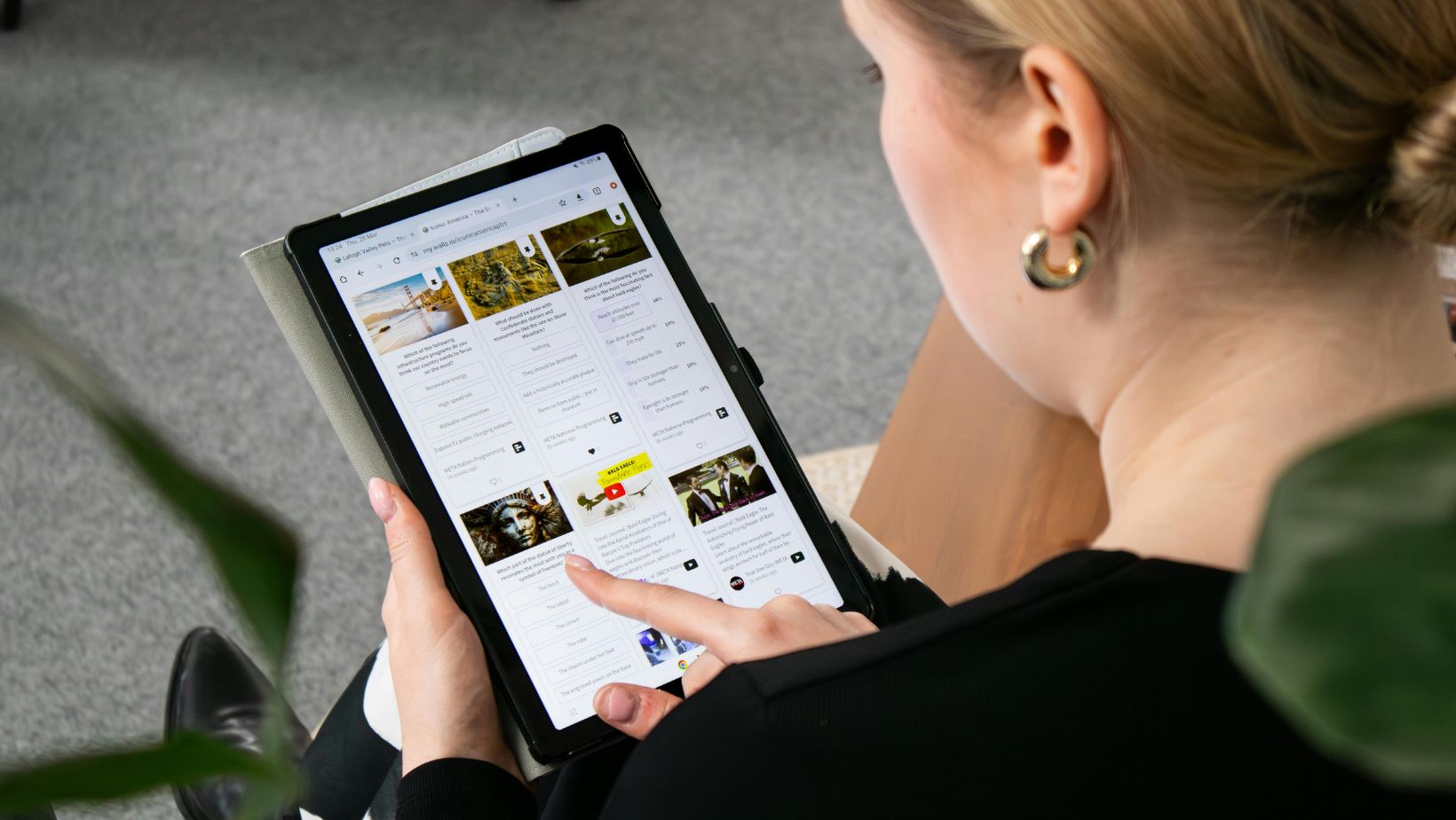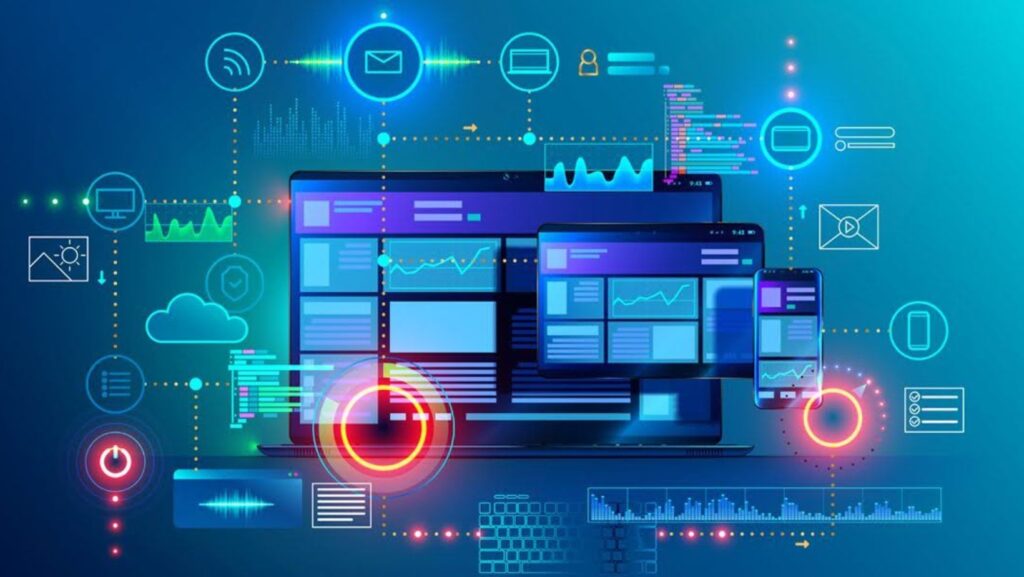The digital content space changed dramatically just a few years ago. For a long time, content creators would publish content day after day, analyze metrics, and then make decisions. However, today, all of that no longer works. Today, it’s the time of the moment, the time of the trend, and it’s important to react instantly to achieve the desired result. Platforms like TikTok, Instagram, and YouTube are rapidly changing, and the winners are those who can adapt as quickly as possible to what works right now. In order to get up-to-date data, it’s necessary to use advanced tools that allow you to track all changes and make informed decisions.
What Real-Time Data Unlocks for Creative Decision-Making
What is real-time data? Real-time data analytics is the process of collecting information to provide solutions for faster, more informed decisions. Data analytics should be used in the context of content creation to better understand audience behavior, preferences, and interactions with content. Content creators should use this data to improve audience targeting, optimize content strategy, and ultimately drive growth and engagement. Such information can now be obtained using tools that operate on the basis of artificial intelligence. According to statistics, 71% of creators using AI tools report positive follower reactions.
Innovative data analytics tools provide a key advantage that reduces the gap between intent and results. Content creators can now move away from the publish-and-hope-for-success model. Now it is possible to publish content and adapt it within minutes. Here are the key points that such tools open up:
- Instant course correction: If your content or advertising is not bringing and is unlikely to bring results, this is immediately visible. Therefore, you can change the format, timing, or message to optimize the strategy. To make such decisions, you don’t need to wait until the end of the month, but do it right away.
- Hyper-responsive storytelling: If a certain type of content causes a surge in audience engagement, then with the help of tools, you can amplify this effect.
- Confidence in experimentation: Conducting experiments is a must in today’s conditions. Quick results allow you to test ideas with minimal risk. If something doesn’t work, you can quickly replace it. This allows content creators to experiment without worrying about risks, as you can quickly fix the situation in case of failure. Because the analytical tools signal the situation.

Examples of Real-Time Metrics That Drive Action
So, what indicators can help you beat your competitors? Of course, each platform has its advantages, but let’s look at the indicators that are worth paying attention to:
- Engagement spikes: This indicator allows you to track how the audience reacts to the content. For example, if views, comments, and reposts increase in the first 60 minutes, this signals successful content, and it is worth further developing this topic.
- Drop-off rates in video: If the audience stops watching the video at a certain point, this means that you can try to optimize the editing and structure of the presentation. This is more optimal in terms of time and other costs.
- Fan behavior patterns: This indicator allows you to track who buys, who clicks, and who comes back. For creators working on fan-based platforms, https://onlymonster.ai/ provides real-time insight into fan engagement, content sales, and top-performing media — enabling creators to double down on what works and cut what doesn’t.
- Real-time A/B testing: This tool allows you to compare different headlines, previews, or calls to action. It shows you almost immediately what works best. With such tools, it is extremely easy to do A/B testing.
How to Build Feedback Loops That Fuel Content Momentum
Despite the fact that access to data has become more than affordable today, many content creators miss the key opportunity offered by this data. It is not enough to collect data. You need to immediately use it in your work to get maximum impact. Here are some tips on how to build working feedback loops:
- Plan with built-in checkpoints: Change the approach to publishing content. After publishing, you need to check metrics after 1 hour, 24 hours, and 3 days. This helps to adjust the strategy in real-time. Analyzing content once a month will not bring any results.
- Use low-lift iteration: You do not always need to completely change the content. Sometimes it may be enough to change the title, preview, or description to increase engagement. With real-time analytics, you can quickly understand how content changes affect audience behavior.
- Build rituals: Conduct weekly analytics reviews. This will help you identify what is working and what’s not. This frequency is optimal in order to respond to all changes in a timely manner.
- Tie content metrics to actual business goals: It is vital to understand that views and likes are important but it is equally important to analyze clicks, sales, donations, or subscriptions.
Most likely, you have already heard about such tips. However, as practice shows, most content creators do not use them in their work on a regular basis. If you want to get ahead of your competitors, just start implementing such simple tips in practice, and you will be able to start controlling how your content works.
Conclusion: Data Isn’t Just Insight — It’s a Creative Lever
Not long ago, creativity played a key role, and analytics was an afterthought. Today, creativity and analytics must go hand in hand. Real-time data allows you to make timely decisions that will lead to success and not miss the moment. Such data transforms how you plan, execute, and grow.
Now, success lies in the ability to sense and adapt to the audience. And the data is a creative lever. Creators who integrate live data into their process will adapt faster and grow smarter. Use modern tools to help you respond to events and make informed decisions.


